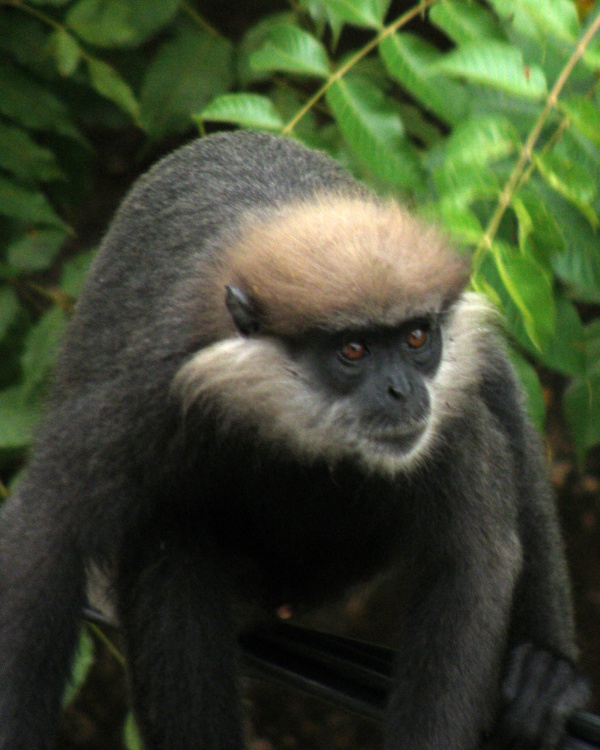Facts About Purple-faced langur
The purple-faced langur, also known as the purple-faced leaf monkey, is a captivating Old World monkey species native to Sri Lanka. These shy, arboreal creatures are predominantly brown with dark faces and are easily identifiable by their distinctive appearance. Regrettably, their population has critically declined due to rapid urbanization.
Historically, these monkeys were abundant in areas like Colombo and the wet zone villages. However, deforestation and human encroachment have placed their habitats in grave jeopardy. Male purple-faced langurs are typically larger than females and have purplish-black faces adorned with striking white sideburns. There are four subspecies of this langur, which are distinguished by variations in skull shapes, fur colors, and body sizes.
Their diet mainly comprises leaves, but they also consume fruits, flowers, and seeds from a variety of plants. Communication is essential for these monkeys, and they use loud calls to identify each other, defend their territories, and warn about predators.
You will find purple-faced langurs primarily in the closed canopy forests of Sri Lanka’s mountainous regions and the southwestern wet zone. However, their range has significantly contracted due to deforestation and habitat destruction caused by agriculture, road construction, and hunting.
To save these endangered primates, several conservation efforts are underway. These include better management of protected areas, creating new habitats and corridors, reducing conflicts between humans and langurs, and educating the public on their importance. Initiatives such as building rope bridges and replanting native species are also contributing to the survival and recovery of the purple-faced langur.

 India
India